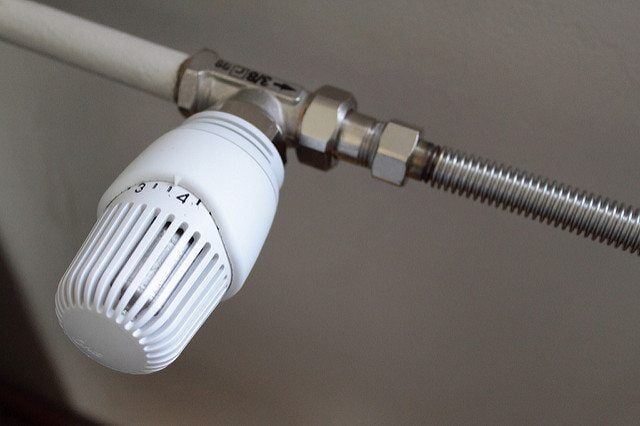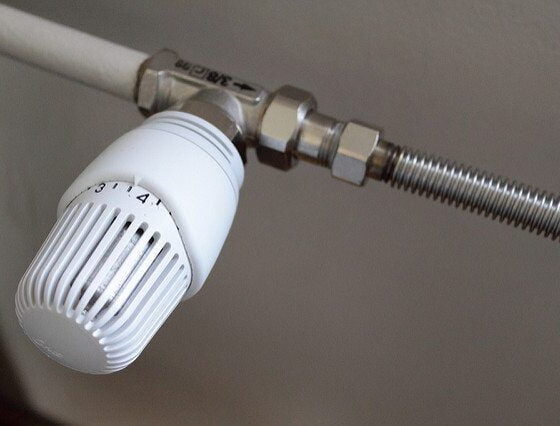

Energy
Individual Changes Lead to Greater Global Conservation
Over the past several decades, people have begun to realize that the actions they take in their daily lives merge with the actions of others to create massive change in the earth’s environment. Previously, these changes were occurring but due to a lack of awareness of potential consequences they were hurting the environment rather than helping. 2016 saw environmental success stories and 2017 has the potential to see even more as people continue to make conservation a part of their daily lives.
Changes at Home
The first place to begin making daily changes is in one’s home. Some residents can choose their power provider. If this is a possibility for you, consider looking for a company like Alberta Energy which offers its customers the opportunity to buy renewable energy credits or carbon offsets. Unfortunately, not all power companies offer this as an option yet and many people live in areas where they have only one provider.
Happily, it is easier than ever to make changes within the home that can be implemented by anyone. Choose the most frequently used lights in the home and replace them Energy Star bulbs. This not only helps the environment but can also save money over the course of the year that will offset the cost of the initial purchase.
Heating and cooling are the cause of much energy used by homes each year. There are several ways to decrease the energy burden for these functions. First, ensure the home is properly insulated. This may mean having windows and doors professionally weatherized or additional insulation in the walls and attic. This can make homes substantially more energy and cost efficient as well as more comfortable all year.
The appliances used in the home and the way in which they are used can also play a big role in conservation. Save water by turning the faucet off while brushing teeth, only washing full loads of dishes and clothes, and using low-flow showerheads, faucets, and toilets. To save energy while using hot water, set the water heater at a lower default setting. Whenever new appliances are needed, always look for those with Energy Star labels or upgrade as funds become available.
Changes at the Office
Conservation doesn’t end at home, there are plenty of opportunities to help the environment while at work. While it may be easier for someone in a management position to make changes, any employee can make recommendations.
Energy Star ratings are applicable to many office appliances such as computers, printers, lighting, cooling and heating equipment, and copiers. Offices that aren’t recycling can greatly increase their conservation efforts by introducing recycling bins for paper, plastic, and glass in the building. Many cities have organizations who are willing to train and facilitate businesses who need assistance in developing a companywide recycling plan.
Transportation to and from work can also become a way to help lead the way in conservation efforts. When groups organize and carpool to and from work they can significantly decrease the group’s carbon footprint.
It can be difficult to comprehend just how much of a difference small changes like these make. While it is true that the individual changes are not going to slow global warming or save an endangered species, when done in tandem with the small changes of people in your community and across the world, the overall impact is substantial. Choose one thing to change to do your part to create a conservation success story in 2017.


 Environment10 months ago
Environment10 months agoAre Polymer Banknotes: an Eco-Friendly Trend or a Groundswell?

 Environment11 months ago
Environment11 months agoEco-Friendly Home Improvements: Top 7 Upgrades for 2025

 Features9 months ago
Features9 months agoEco-Friendly Cryptocurrencies: Sustainable Investment Choices

 Features10 months ago
Features10 months agoEco-Friendly Crypto Traders Must Find the Right Exchange





























